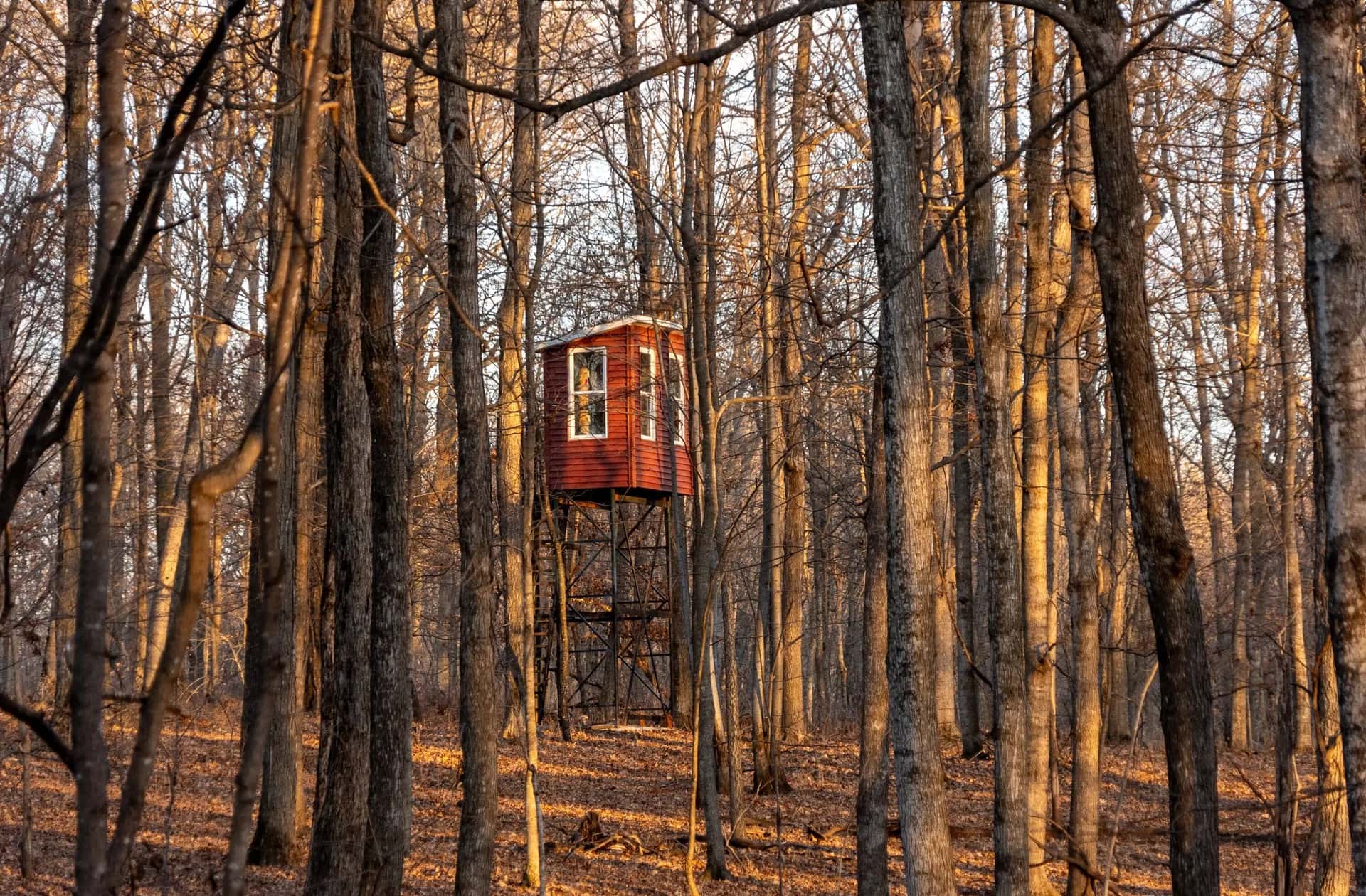Iowa sits at the heart of American agriculture. The state produces approximately 16% of all corn and 13% of all soybeans grown in the US, making its farmland some of the most productive on the planet. This productivity comes from the dark, rich soil that forms the foundation of Iowa farming success. For anyone looking at buying or selling in this market, understanding land values becomes necessary.
Everyone from family farmers to big investors needs solid information on land prices right now. The market has shifted after years of growth, and smart choices depend on having real numbers, not guesses. We have compiled this analysis based on the 2024 Iowa State University Land Value Survey and current market trends to illustrate the actual costs of Iowa land across different regions and the market forces driving prices up or down.
Average Cost Per Acre of Land in Iowa
The latest Iowa State University Land Value Survey shows the average Iowa farmland price now sits at $11,467 per acre. This marks a drop of $369 per acre or 3.1% from the November 2023 average of $11,835. This downward movement breaks a five-year streak of rising prices, suggesting the market has hit a correction point.
The price pullback traces back to several market forces hitting farmers simultaneously. Corn prices hovering around $4 per bushel and soybeans at roughly $10 per bushel have cut into farm profits. Add in higher interest rates making loans more costly and stubbornly high prices for seeds, fertilizers, and equipment, and many farmers have stepped back from land purchases. Still, land values sit 31.6% above the previous peak from 2013 when looking at raw numbers without inflation adjustment.
Regional Variations in Iowa Land Prices
Northwest Iowa
Northwest Iowa continues to command the highest land prices in the state. Counties like O’Brien posted average values of $15,921 per acre, though this reflects a 2.4% decrease from last year. This region benefits from consistently high-performing soil with top-tier corn suitability ratings above 80, making it a favorite among serious farm operators.
West Central Iowa
West Central Iowa took the biggest hit, with prices falling 7.4% as commodity price pressures hit this region particularly hard. Local farmers scaled back expansion plans as profit margins tightened, reducing demand for additional acres.
South Central Iowa
South Central Iowa remains the most affordable region with average land prices of $7,754 per acre. Interestingly, this area bucked the downward trend with a 3.6% increase in values. The growth stems from greater interest in hunting and recreational properties, bringing new money into areas with more timber, hills, and water features but less row crop potential.
Northeast Iowa
Northeast Iowa maintained relatively stable prices with its mix of quality cropland and dairy operations providing diversified land use options. The region saw only minor adjustments compared to other parts of the state.
Southeast Iowa
Southeast Iowa land values held fairly steady as well, benefiting from river bottom fertility and proximity to Mississippi River grain terminals, which can mean better prices for crops due to shipping advantages.
Land Quality and Its Impact on Value
The value gap between top farmland and marginal ground continues to widen across Iowa. Soil quality, measured through the Corn Suitability Rating 2 (CSR2) system, directly impacts what buyers will pay for a particular farm.
The physical characteristics that determine land quality translate directly to dollar values:
- Top-tier land (CSR2 above 80) brings approximately $14,000-$15,000 per acre statewide, with local hotspots commanding even more. These farms feature deep, fertile topsoil with natural drainage or well-maintained tile systems.
- Mid-quality ground (CSR2 between 60-80) typically sells in the $10,500-$11,500 range. These farms often have good production potential but might have some limitations like occasional drainage issues or slight erosion concerns.
- Lower-quality parcels (CSR2 below 60) average $7,000-$8,000 per acre. These often have challenging topography, poor drainage, or soil types not ideal for row crop production. Many serve better as pasture or recreational land than for corn and soybean rotation.
- Recreational land with timber, water access, or wildlife habitat features varies widely in price based more on amenities and location than pure agricultural potential.
Factors Influencing Iowa Land Prices
Crop Prices
The roughly 20% drop in corn and soybean prices from their 2022 highs directly impacts what farmers can afford to pay for land. With corn around $4 per bushel and soybeans near $10, the math simply does not work for many potential buyers at current land prices.
Interest Rates
Farm loans now carry rates between 5-6%, significantly higher than the 3-4% range from just a few years ago. This increase adds thousands in annual costs for financed land purchases, cooling buyer enthusiasm, and limiting how much farmers can borrow.
Production Costs
Input prices for fertilizer, seed, chemicals, and machinery remain stubbornly high even as crop prices have fallen. This margin squeeze makes farmers think twice about taking on new land payments when profitability looks uncertain.
Investor Activity
About 27% of 2022 Iowa land sales went to investors rather than active farmers. This non-farm money helps support land values, particularly in areas with recreational potential or long-term appreciation prospects.
Limited Supply
Only about 7,800 acres were sold at Iowa land auctions in June 2024, far below historical averages. This tight supply helps prop up prices despite other market headwinds, as quality farms remain scarce.
Farm Balance Sheets
Many established operations built strong equity positions during the profitable 2020-2022 period, allowing some to continue land purchases despite tighter margins. Cash buyers face less pressure from interest rate increases.
Appraising Land Value: Methods and Considerations
The Iowa State University survey provides useful trend data, but proper appraisal requires a deeper look at each specific property. Professional land appraisers analyze multiple factors to create an accurate picture of what a farm is worth. They start with soil quality assessment using CSR2 ratings and yield history to establish production capacity. Location factors like proximity to grain markets, ethanol plants, or livestock operations add value through reduced transportation costs or premium marketing opportunities.
Comparable sales analysis forms the backbone of farm valuation. Recent sales of similar properties in the same area give the clearest signal of current market value. Physical improvements such as drainage tile, irrigation systems, grain storage, or buildings contribute value based on their condition and practical utility. Good appraisers adjust for all these differences when comparing properties, creating a custom valuation that reflects each farm’s unique attributes.
Future Outlook for Iowa Land Prices
Most market experts anticipate a soft landing rather than a sharp correction for Iowa land for sale in the coming year. The Iowa State survey found 58% of respondents expect modest declines under 5% through 2025 if interest rates stay elevated and commodity prices remain subdued. The days of rapid appreciation appear to be on pause, but no major crash seems likely given the limited supply of farmland coming to market.
The longer-term outlook appears much brighter. A strong majority (80%) of experts anticipate land value increases of 10-20% over the next five years. This optimism stems from the expectation that interest rates will eventually moderate, crop prices will stabilize at profitable levels, and global food demand will continue to grow. Technology improvements in precision agriculture may also boost productivity and profitability on well-managed farms, supporting higher land values for top properties.

